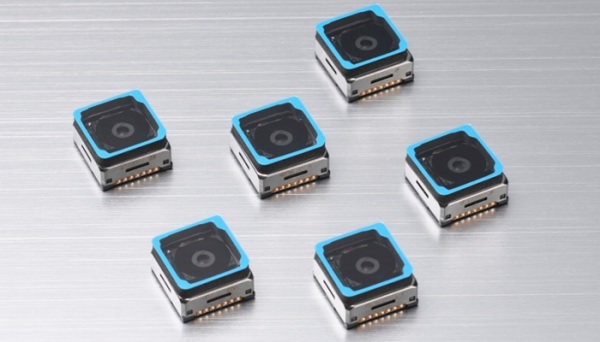
Jahwa Electronics has sold close to 90% of the production equipment and raw materials at its camera module factory in Vinh Phuc, Vietnam, TheElec has learned.
The company had exited the camera module business in the first half of 2020. It entered Samsung Electronics’ smartphone camera module supply chain in 2019 but suffered from low profitability.
Since then, it has been selling its equipment and materials at its Vietnam factory. Some of them were sold to Namuga, another camera module maker.
Jahwa also attempted to sell its factory to China’s Sunny Optical but the deal collapsed in September. Sunny had instead secured another area for a factory nearby.
The company sold close to 90% its kit and raw materials to another camera module maker near end of last year, people familiar with the matter said.
The sales will be reflected on Jahwa’s fourth quarter earnings.
However, Jahwa still needs a way to find use in the factory itself.
The company will focus on auto-focus and optical image stabilization components this year. More smartphones, including mid-tier ones, are adopting OIS.
Jahwa is supplying OIS for Galaxy A72 launching sometime in the first half of 2021.
OIS is combined with auto-focus to be put in camera modules.
Jahwa is also developing actuator for use in folded zoom modules. The development is at sample testing stage. Samsung Electro-Mechanics currently uses actuator from Actro and prism from Optrontec for its folded zoom module supplied to Samsung Electronics.
Jahwa has been producing auto-focus and OIS components at its factory in Vinh Phuc, Vietnam since 2007. Its camera module factory was built nearby.
Auto-focus and OIS as well as vibration motors for smartphones camera modules account for 85% of its sales. Sales from positive temperature coefficient heater for electric cars is currently low.
As of the third quarter of 2020, Jahwa has posted 208.7 billion won in sales and 17.7 billion won in operating loss for that year. It is a decline of 26.7% in sales from the same time period in 2019. Operating loss have increased by 4.7 times. Samsung’s poor sales of smartphones in the first half of 2020 was the main cause of the drop.

